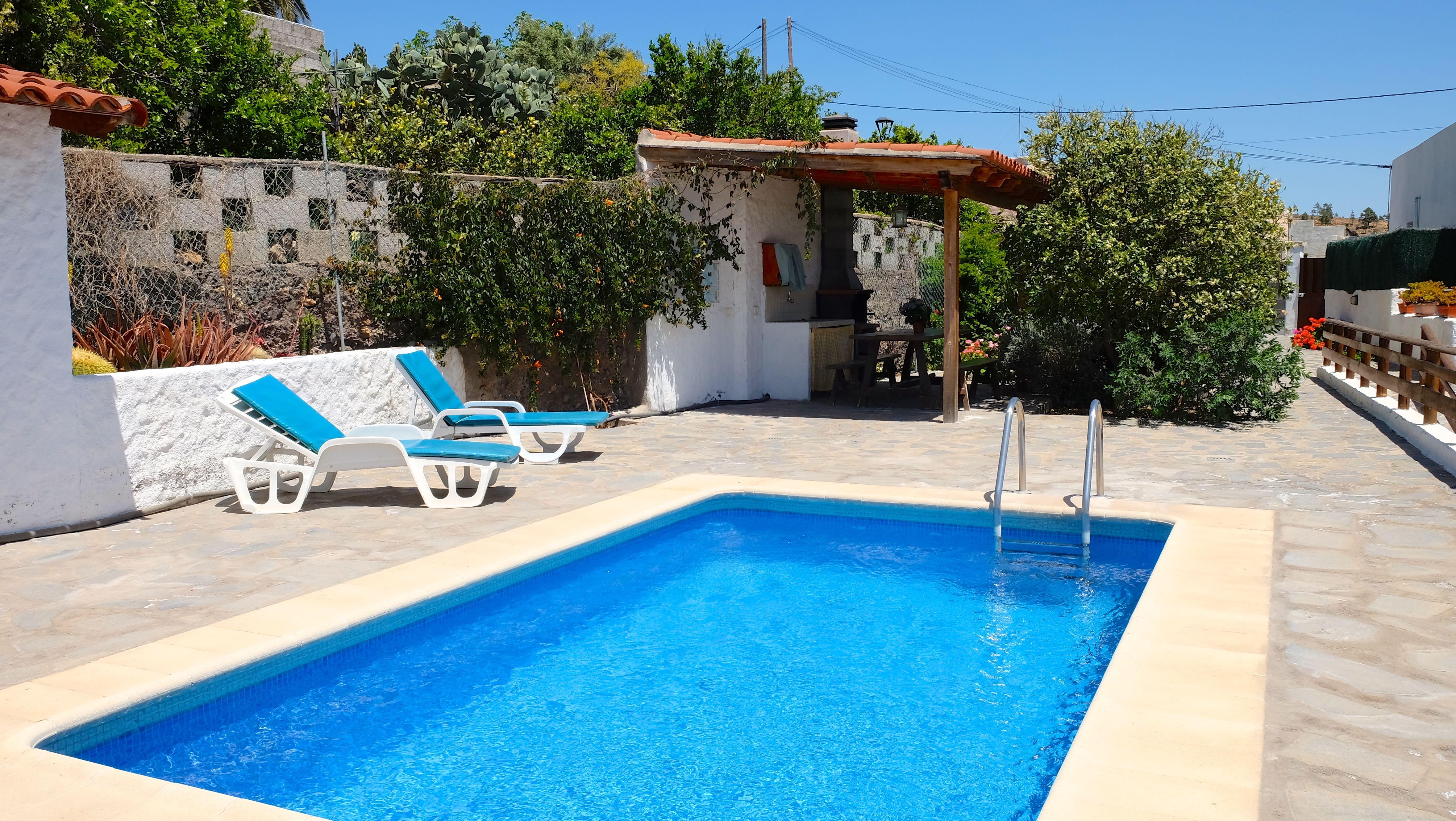Tenerife
Tenerife (/ˌtɛnəˈriːf/ TEN-ə-REEF; Spanish: [teneˈɾife]; formerly spelled Teneriffe) is the largest and most populous island of the Canary Islands.[4] It is home to 42.9% of the total population of the archipelago.[4] With a land area of 2,034.38 square kilometres (785.48 sq mi) and a population of 948,815 inhabitants as of January 2023,[5][6] it is also the most populous island of Spain[4] and of Macaronesia.[7]
Approximately five million tourists visit Tenerife each year; it is the most visited island in the archipelago.[8] It is one of the most important tourist destinations in Spain[9] and the world,[10] hosting one of the world's largest carnivals, the Carnival of Santa Cruz de Tenerife.
The capital of the island, Santa Cruz de Tenerife, is also the seat of the island council (cabildo insular). That city and Las Palmas de Gran Canaria are the co-capitals of the autonomous community of the Canary Islands. The two cities are both home to governmental institutions, such as the offices of the presidency and the ministries. This has been the arrangement since 1927, when the Crown ordered it. (After the 1833 territorial division of Spain, until 1927, Santa Cruz de Tenerife was the sole capital of the Canary Islands).[11][12] Santa Cruz contains the modern Auditorio de Tenerife, the architectural symbol of the Canary Islands.[13][14]
The island is home to the University of La Laguna. Founded in 1792 in San Cristóbal de La Laguna, it is the oldest university in the Canaries. The city of La Laguna is a UNESCO World Heritage Site. It is the second most populous city on the island, and the third most populous in the archipelago. It was the capital of the Canary Islands before Santa Cruz replaced it in 1833.[15] Tenerife is served by two airports; Tenerife North Airport and Tenerife South Airport.
Teide National Park, located in the center of the island, is also a UNESCO World Heritage Site. It includes Mount Teide, which has the highest elevation in Spain, and the highest elevation among all the islands in the Atlantic Ocean. It is also the third-largest volcano in the world, when measured from its base.[16] Another geographical feature of the island, the Macizo de Anaga (massif), has been designated as a UNESCO Biosphere Reserve since 2015.[17] Tenerife also has the largest number of endemic species in Europe.[17]








